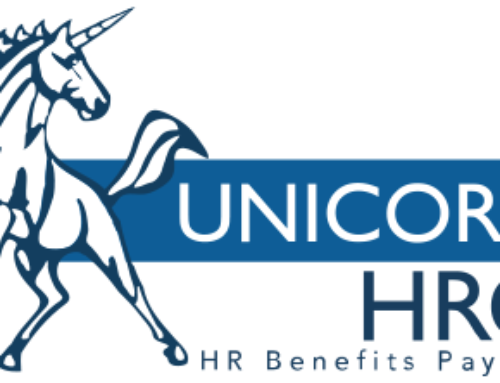HR professionals work hard to do their best when navigating the hiring process to find the best person for the position. However, while some in HR might think they are doing everything they can to find the right candidates, often, organizations find that they might have improperly or inadequately screened job hires. This can have dire consequences. By not properly vetting candidates, HR may have hired someone completely unsuited for the job. Unsuitable hires may be incompetent, unproductive, or might have personality clashes with co-workers which can cause morale to suffer and ultimately affect the organization’s bottom line. Below are some ways that HR can better identify candidates. By using these methods in concert with one another, there is a better chance that you can find the best possible person for the job.
Background Screening and Verification
When HR utilizes Social Media sites such as LinkedIn, they need to be aware that there is only so much they can find out about a candidate. At first glance, such information might make a candidate appear attractive, but this information cannot be relied on fully. Instead, the use of these sites including social media sites, should be used as guidance for areas that HR may wish to probe further in the interview to gain more detailed information. Background screening and verification, which confirms a candidate’s education, licensure, employment history and criminal record (if any), can give a picture of a candidate’s past. However, it does not give a clear idea of their performance, nor does it guarantee how they will do in the future at your organization. Assumptions can be made by examining a candidate’s history in a previous position by checking the number of years worked there and looking for any record of promotion but while this is useful, HR should not rely on background screenings or verification alone.
Having candidates self-assess
Self-assessment tests, such as those relating to cognitive ability and personality are also useful, but should not be solely relied upon. While self-assessment can give you an idea of how the employee might deal with certain on-the-job scenarios, these tests are not perfect, and there is no guarantee that the candidate is being completely honest with you when taking such tests. They might, after all, just tell HR the answers they think HR wants to hear, rather than being honest in their feedback. HR also does not know if the candidate is being coached in their answers, and there is always the danger that the tests being utilized have a record of bias, which can lead to potential legal problems for the company. A good option is to request candidates to provide examples of how they have managed specific situations in the past and use an experienced assessor who can accurately interpret the results.
Hard Skills vs. Soft Skills, and Candidate References
Assessing a candidates Hard Skills, those skills that relate directly to the position, can ensure that HR is getting a candidate who is at least proficient in the job. However, basing a hire on hard skills alone can be problematic, as it tells HR nothing about the potential hire’s soft skills. Soft Skills relate to how an employee reacts to certain situations on the job, such as project management or conflict resolution. Such information can be gleaned by contacting the candidate’s references via phone, but such references might be biased in their feedback, resulting in a lack of critical or candid responses, or misinterpretation of the way the reference answers questions. For example, if a reference is trying to answer an HR recruiter’s question, they might pause in their answer to get the right information. This may cause the recruiter to misinterpret the pause as the reference trying to avoid saying something negative about the candidate. It is important that interviewers use information from these sources as guidance for areas to explore further during the interview where they can assess these skills first hand.
The best way to identify a candidate is not to only use one or two of the tools available to interviewers, but all of them. Using one of these tools by itself paints a skewed picture of a job candidate, which results in either a bad hire or in a potentially good candidate being rejected. By combining these tools, HR can be get a more rounded picture of a candidate. By doing this, HR can find the best talent more quickly, and avoid wasting time and resources on those individuals who are not the best fit for the position.

